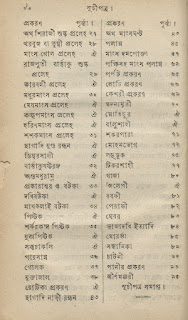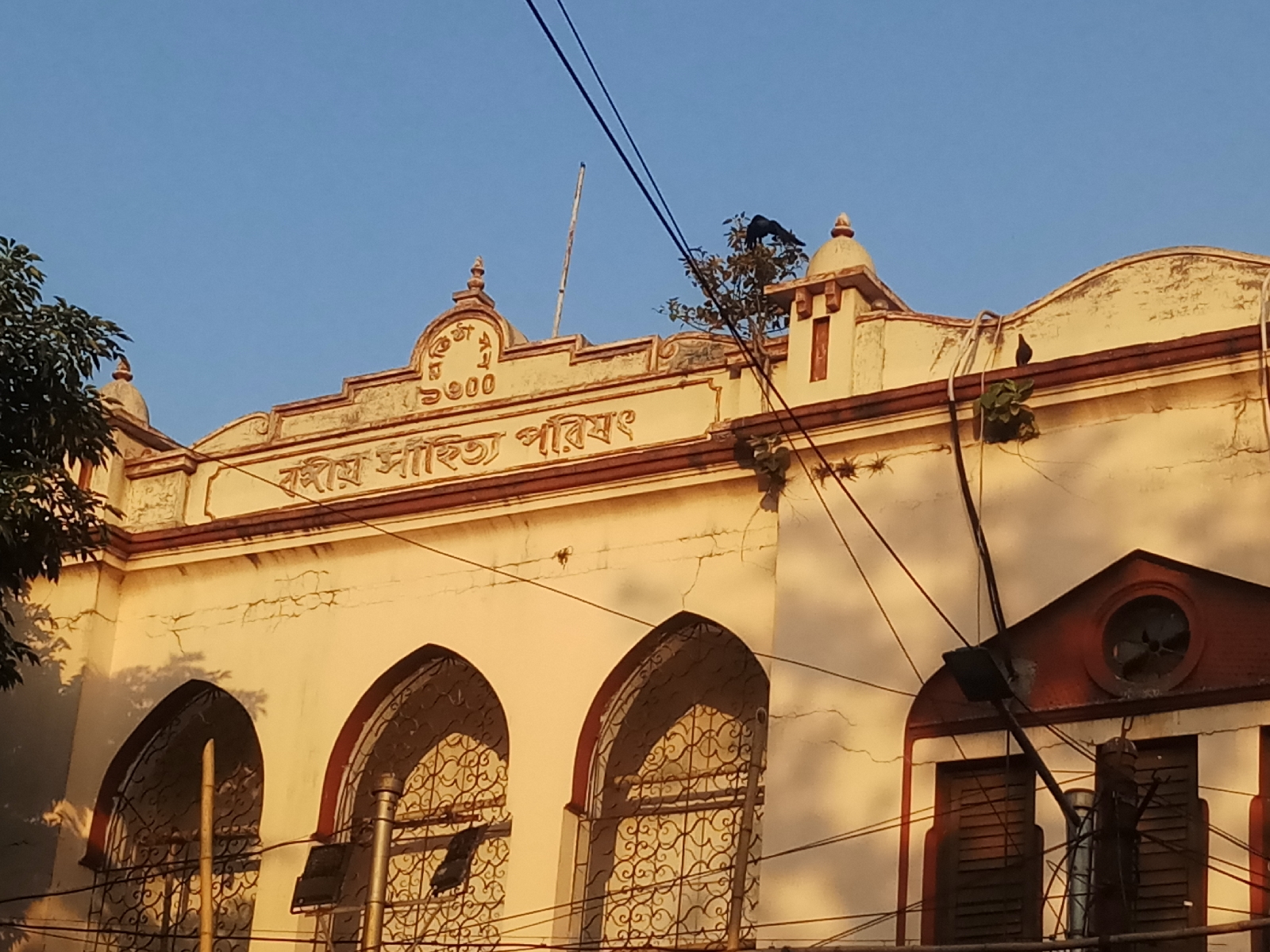Heritage cuisine of Bengal
- Bengali cuisine, as with any culture, is a showcase of family tradition. It has also been a melting pot of several Indian and European cuisines, as different rulers and traders crossed the Bengal land. The ladies of both West and East Bengal, particularly those from the affluent families, loved experimenting and writing down new recipes. They also had a penchant for fusion food.
- However, many of these signature dishes are forgotten today though a lot of hue and cry has been generated to revive them.
- Evening snacks or Bikeler Jolkhabar was very important particularly when it came to hosting guests for matrimonial purposes.
- Today we can trace these recipes to some publications of historical significance. Pragyasundari Devi granddaughter of Maharshi Debendranath Tagore authored ‘Amish O Niramish Ahar’ which was a ‘significant’ early cookbook in Bengali language, published in 1902.
- Burdwan’s claim to fame, however, is not its history, but for publishing India’s first printed cookbooks written for a mass audience—Pak Rajeswar and Byanjon Ratnakar—in 1831. The cookbooks, printed by Maharaja Mahtab Chand, who ruled from the 1830s to the 1870s, are notable for the absence of potatoes and tomatoes, cabbages and cauliflower.
- Many of the recipes that Lila Majumdar describes in her book Rannar boi are adaptations of Anglo-Indian dishes or have been influenced by Kolkata’s large Chinese community or Muslim settlers, while others are an amalgamation of recipes from East (Pre-Partition) and West Bengal (chochhori, ambol, jhol and jhal).

- Several such interesting books and anecdotes still lie unexplored.

- Pak rajeshwar is perhaps the first ever cookbook published in India as early as 1831. It comprised of both vegetarian and non vegetarian dishes. The second edition was funded by the Maharaja of Burdwan, Mahatab Chand. It was published by Gaurishankar Bhattacharya and printed at the Kalpadrum Press of Mirzapur, Calcutta.
- A 94 year old menu card for the ashirbaad ceremony of a royal family shows the variety of dishes served on a single occassion
- The dishes mentioned here were accompaniments to the evening tea.
- Historical records indicate the prevalence of tea drinking in India since 750 BC.
- Tea Cultivation was commercialized by the British in India and introduced to India in the nineteenth century, to overcome the monopoly of Chinese production. The first area to be planted was the mountain region surrounding the city of Darjeeling, perched on the Himalayan foothills, in the 1850s.
- Around 1774, Warren Hastings sent a selection of China seeds to George Bogle, the then British emissary in Bhutan, for planting. This venture was unsuccessful.
- In 1776, Sir Joseph Banks, the great English botanist, was asked to prepare a series of notes - and it was his recommendation that tea cultivation be undertaken in India.
- In 1780, Robert Kyd experimented with tea cultivation in India with seeds from a consignment stated to have arrived from China.
- Robert Bruce discovered tea plants growing wild in the Upper Brahmaputra Valley. In May 1823, the first Indian tea from Assam was sent to England for public sale. The native plants flourished, while the Chinese seedlings struggled to survive in the intense Assam heat and it was eventually decided to make subsequent plantings with seedlings from the native tea bush. The first twelve chests of manufactured tea to be made from indigenous Assam leaf were shipped to London in 1838 and were sold at the London auctions. The first tea auction in India was held on 27th December 1860. This paved the way for the formation of the 'Bengal Tea Association' in Calcutta and a first joint stock Tea Company, the 'Assam Company' in London. The Indian Tea Association was formed in 1881.
Few delectable evening snacks as tea accompaniments:
Khoi er bora – Made of puffed rice, this recipe originated in
East Bengal about two centuries ago.

Koraishuti ranga aloo bhaja puli – A sovoury puli, made
of peas and sweet potato, eaten with other pitheys in the month of Poush

Bhaater kopta – Prepared by frying rice balls, this dish is
about a century old and written down by Pragyasundari Devi

Dhakai parota – Thought to have originated either in Dhaka or
Medinipur, this is an intricately layered fried bread more than a century old.
Dal – A daily staple of lentils, the reference of this dish can
be traced back to the Mangal Kabyas

Chhanar Devil – Chhana or cottage cheese was inculcated into
the Bengali cuisine from the Portuguese. This dish was the vegetarian
substitute for the Indian version of Scotch Eggs or Dimer Devil
Chingri maacher salmi – Fried prawns in a crispy batter, this
dish is found in the writings of Pragyasundari Devi. A gravy item by the same
name is also prepared in tamarind gravy.

Mangshor doi bora – An unconventional fusion dish published by
Purnima Devi of the Tagore family
Kabi Sambardhana Barfi – Prepared by Pragyasundari Debi on
Rabindranath’s 50th birthday. Surprisingly, the main ingredient is
cauliflower. It was stuffed with cashews, pistachios, almonds, raisins and
covered with gold and silver slivers.
Ichhar mura – Prepared with coconut and shaped like the head of
prawn, this desert was served at Bijoya Dashami in East Bengal.
Nabanna – An uncooked sweet dish prepared with milk and fruits.
It was originally offered to the deities during harvesting of new crops.
Few other delicacies of oriental & continental cuisine of bygone era
 |
| Fish mousse |
 |
| Prawn Chine Kebab |
 |
| Poulet Farci |
 |
| Khagina, Mutton Hussini Curry,Parda Pulao |
 |
| Parda Pulao revealed |
 |
| Ladies Gateaux Prince |
http://www.cafesrichard.com/a-brief-history-of-tea-in-india-111.html
https://www.indiatea.org/history_of_indian_tea
https://thedailyguardian.com/oldest-bengali-cookbook-comes-alive/



















Comments
Post a Comment